Eight interesting facts that you may not know about this world
Have you ever thought about the fact that some facts sound like a fake, but they are genuine? For example, giant tarantulas raise small frogs; while the Giza pyramids are built, mammoths still live on Earth. If you are curious about the world, everything around you, and eager to learn more interesting facts. Today, lantern-boy will introduce you to eight exciting facts about the world that you may not know.
- The human body is composed of the universe.
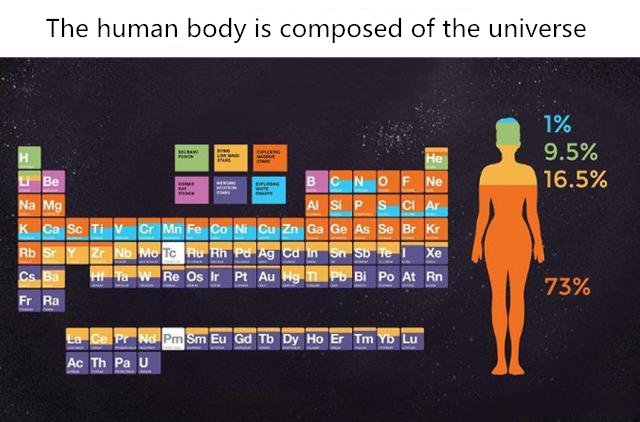
At the smallest level, the human body consists of particles: mainly nucleus and electrons. Although there are about 90 naturally occurring elements, they come from a variety of places before reaching the Earth. The fiery big bang provides the origin of the lightest elements: hydrogen and helium, which still account for 98% of the universe today. A small star like the sun fuses light elements into heavier elements, slowly building the high end of the periodic table by adding neutrons at once. Larger stars end life with supernovae, their core collapses and explodes, discharging large amounts of burning fuel back into the universe. At the same time, the white dwarf and the neutron star merged and exploded, further enriching the universe. Thanks to the NASA Chandra X-ray telescope, we can see how much of each heavy element comes from the nearest supernova explosion.
The elements of the periodic table and their origins are detailed in the figure above. It can be seen that most of the human body, including most of our oxygen, carbon, nitrogen, phosphorus, calcium, and iron, are produced by supernovae's massive stars. Also, scientists say that every element needed to make DNA appears after an exploding actor.
- If you tickle the mouse, it will laugh.

Talking about the commonality between mice and humans, being a mammal is probably one of the things that most people will think of. But in fact, it has more of the same parts as humans. For example, if you tickle a mouse, it will laugh.
Scientists at Humboldt University in Berlin are studying mice to try to solve the long-standing mystery. In the right conditions, and the researchers' itching on the back and abdomen of the experimental mice, the mice, did not help but laugh like humans, although the frequency was too high for the human ear to hear. But scientists did detect this. The scientists looked at the itchiness of the rats and tracked how their brains handled the sensation, hoping to find clues about the feeling of laughter.
Besides, research on mice has also found that mice, like humans, have empathy, and other similar yawns also infect them.
Tarantula feeding a small frog
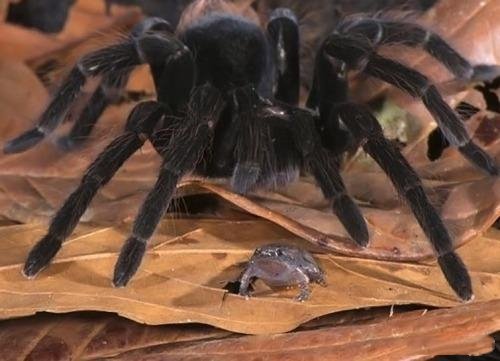
This is a very magical symbiosis that exists in nature. There is a small frog outside the tarantula's lair, and the rancid smell unique to the tarantula's lair attracts the frog's need to eat. When frogs eat insects, tarantulas are immune from harassment, while tarantulas protect frogs from being harmed by other predators. The frog's body also releases a toxic mucus that inhibits the desire of the tarantula to attack itself.Human teeth are as strong as sharks.
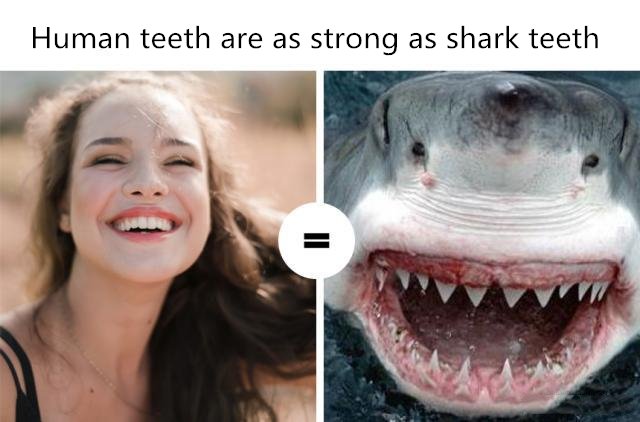
A group of German scientists analyzed the structure of shark teeth and human teeth. Their findings are surprising: although the surface of shark teeth contains 100% fluoride, they are not harder than human teeth. "Human enamel is made up of slightly softer mineral hydroxyapatite that occasionally exists in the bones," said Professor Eppel. By comparing it with human teeth, scientists have found it to be as strong as shark teeth.Some birds can see colors that are invisible to humans.
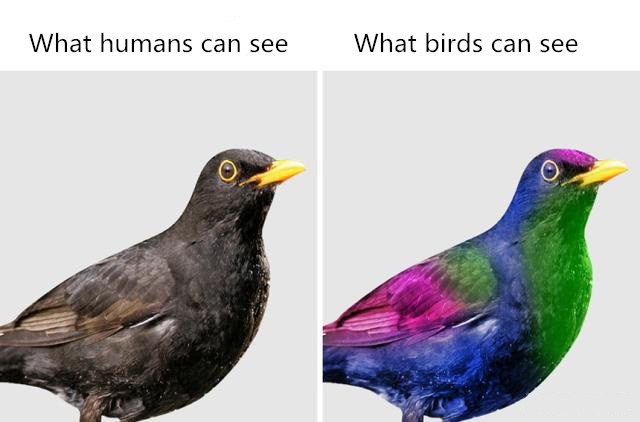
“Before the invention of aniline dyes, our clothes were very monotonous, but then the creation and acquisition of colors became cheaper and easier, and the colorful clothes we wear today became richer,” Yale University Ornithology, Richard Prum, professor of ecology and evolutionary biology, said. "The same thing seems to happen to birds."
At the same time, a study in the journal Behavioral Ecology found that birds can see more colors than humans because of the extra color cones in their retina that are sensitive to the UV range. In other words, the birds we see may be very monotonous, but they may be colorful in the eyes of other birds.
When the Egyptian Giza Pyramid was built, the mammoth was still alive.
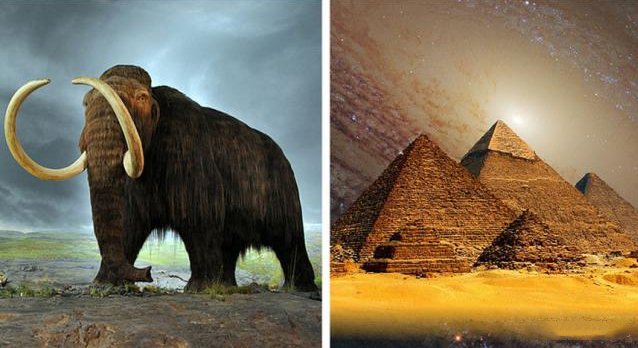
About 10,000 years ago, most of the mammoths were extinct, but there were still 500-1000 mammoths on the island of Wrangel in the Arctic until recently 1650 BC. This is about 1000 years after the completion of the Giza Pyramid. Some experts believe that mammoths are hunted and killed by human beings who are the main predators on Earth. Others believe that climate change is more responsible. As the climate warmed, the forest spread and replaced the grassland habitat of the mammoth. A 2016 study showed that the last batch of mammoths eventually disappeared due to lack of drinking water.Tiger's hair is green in the eyes of herbivores.
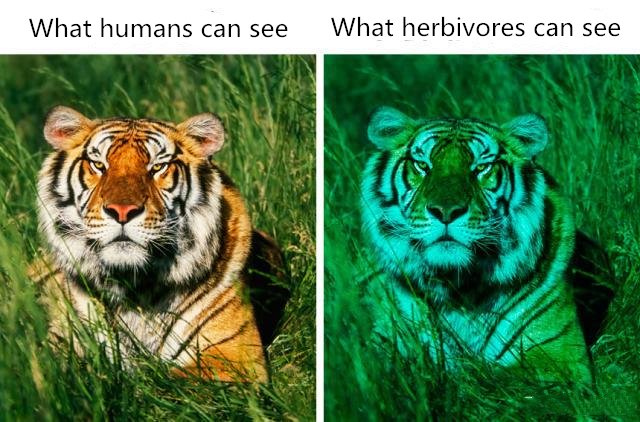
The reason why humans can see the color is that the human eye can distinguish the three primary colors of the spectrum. In the animal world, the world they see is different from humans, such as herbivores, for which orange looks like green. So as tigers with this kind of hair, they are well hidden in green plants.
8, infrared cameras are often difficult to detect polar bears
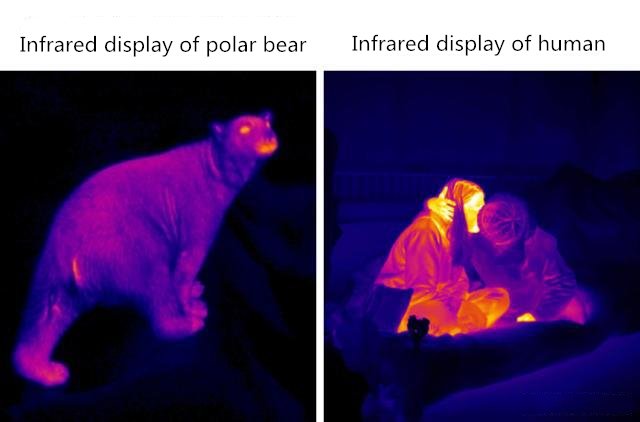
Scientists sometimes study wild animals at night by using infrared cameras. However, this approach does not seem to work for polar bears. Because polar bears are almost completely invisible in infrared vision. The fur and fat layers of polar bears hide their body heat under the skin so that the temperature of the outer layer is about the same as the surrounding snow. Of course, the bear's face and breathing can be seen with infrared light, but it is not convenient for accurate tracking.
Is there anything you know about this cold knowledge? Do you know other interesting cold knowledge? Welcome to comment and share.